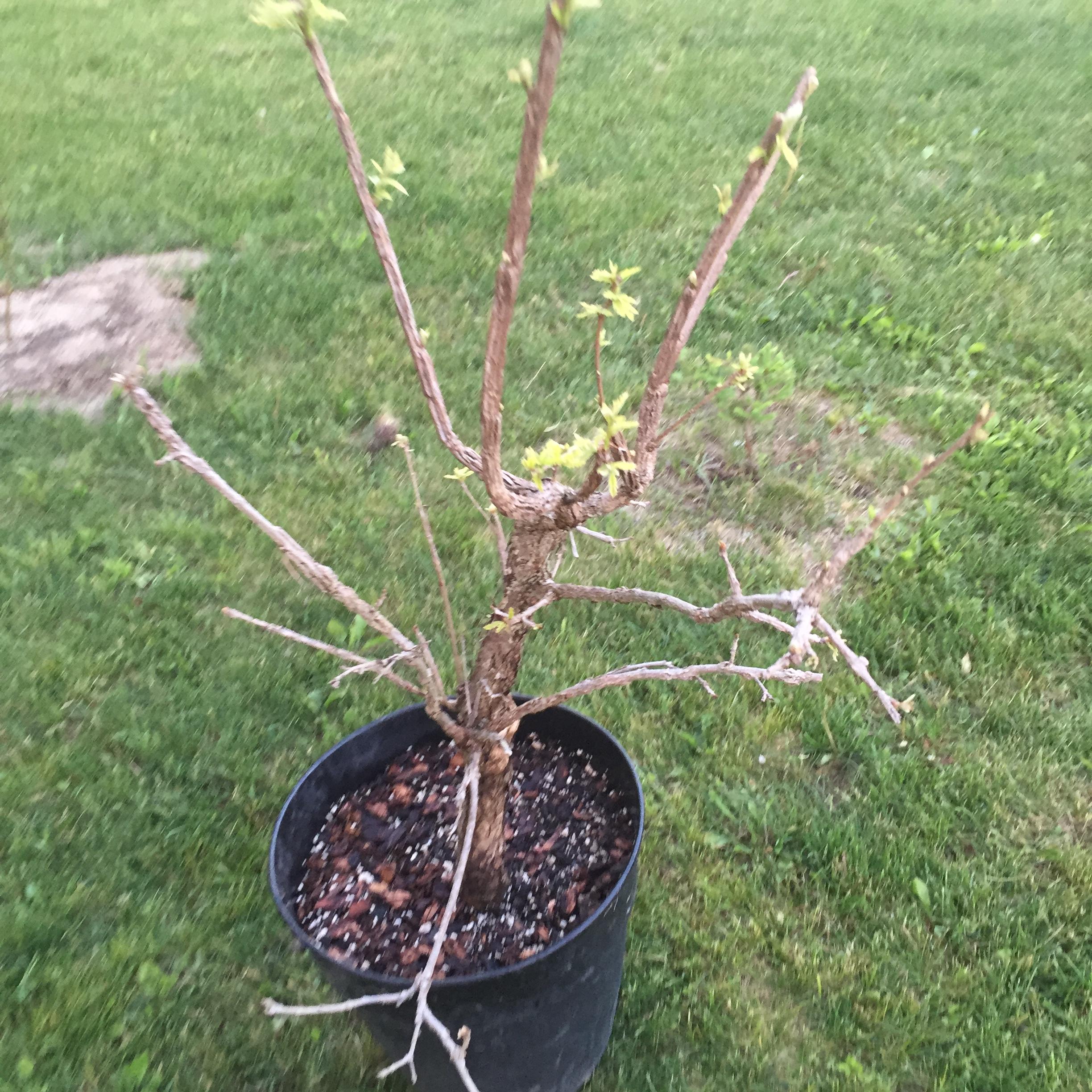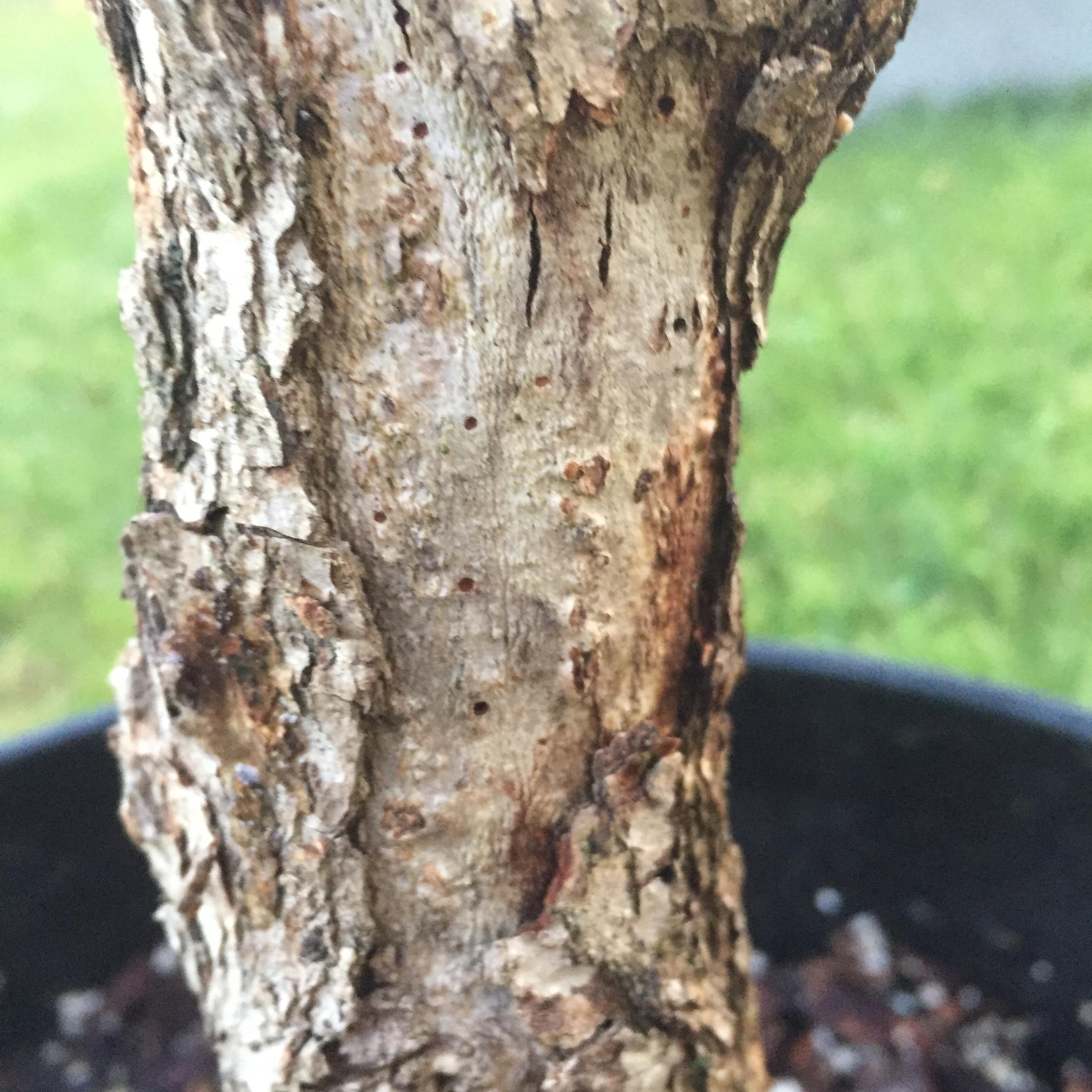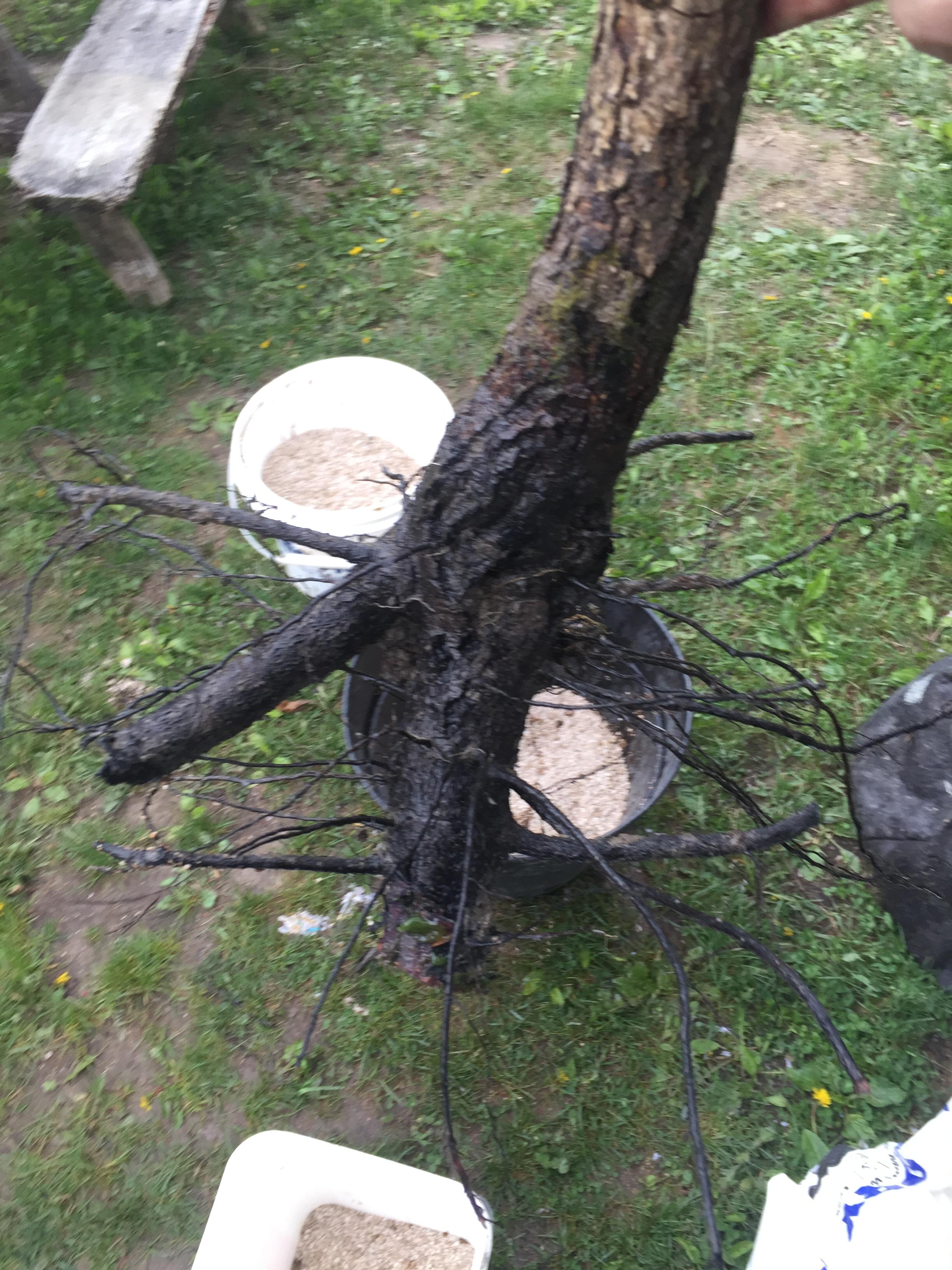Waltron
Chumono
I collected this guy a couple weeks ago, had to saw the tap root, but its living! leaves do appear to be growing and branches lengthening. now ive seen these little holes in these trees in the wild and in the acrorns, I cant find much on them anywhere, They are tehse teeny tiny little black beetles, all the boreres I can find are much bigger than these, but they are drilling into the wood, and so far doesn't seem to be effecting the health of the tree but definetly will down the road, and the appearance. I've given granual insecticide to the soil, and ive been spraying every day with a different kind.. it seems to slow them down but does not seem to be killing them.. bad attack. anyone know what they are, or any better ideas on how to rid them? do you think they will attack my other trees?













